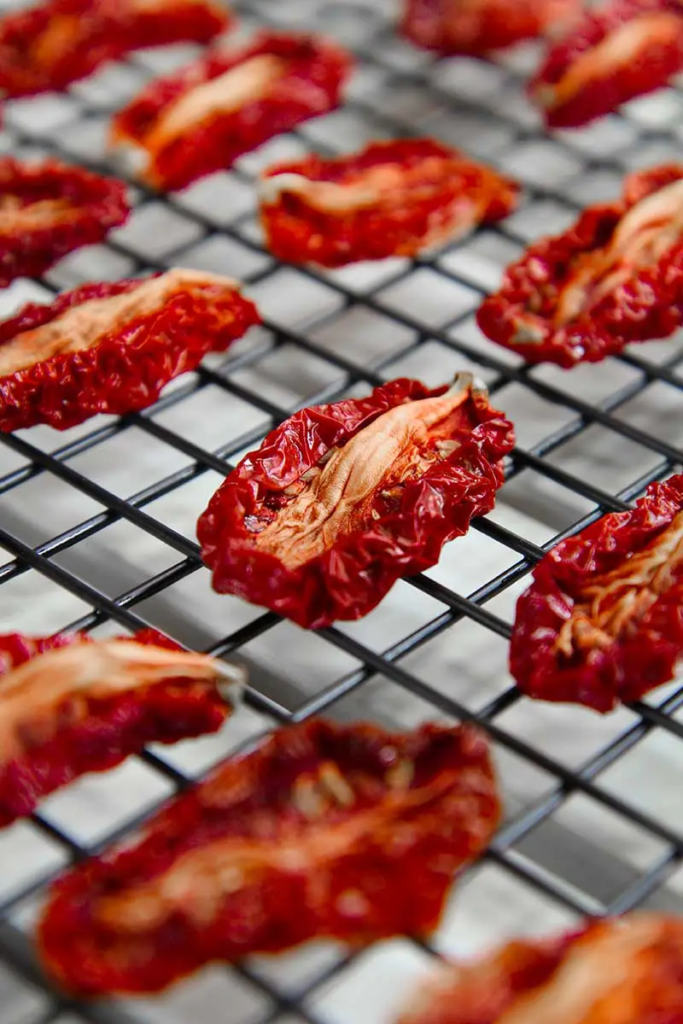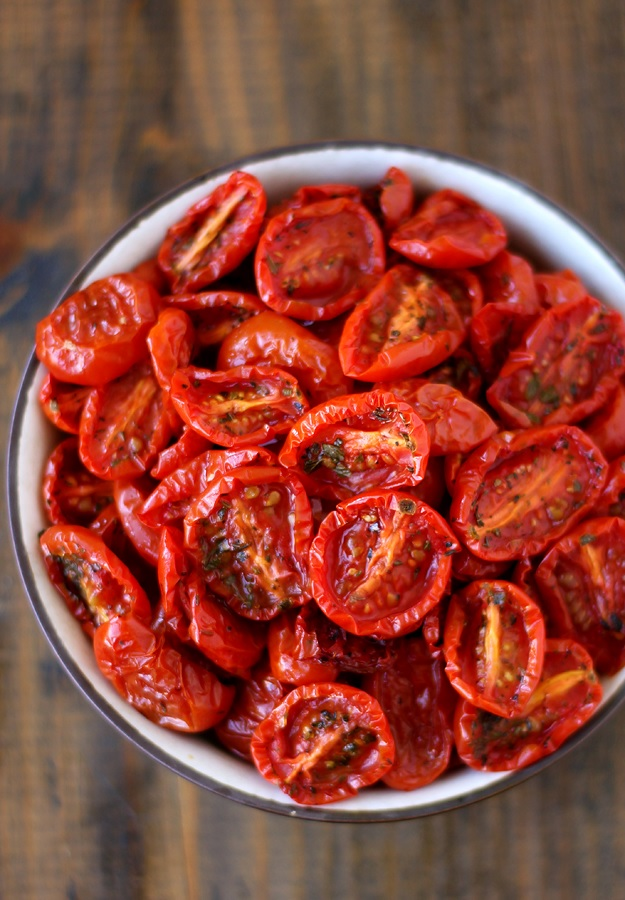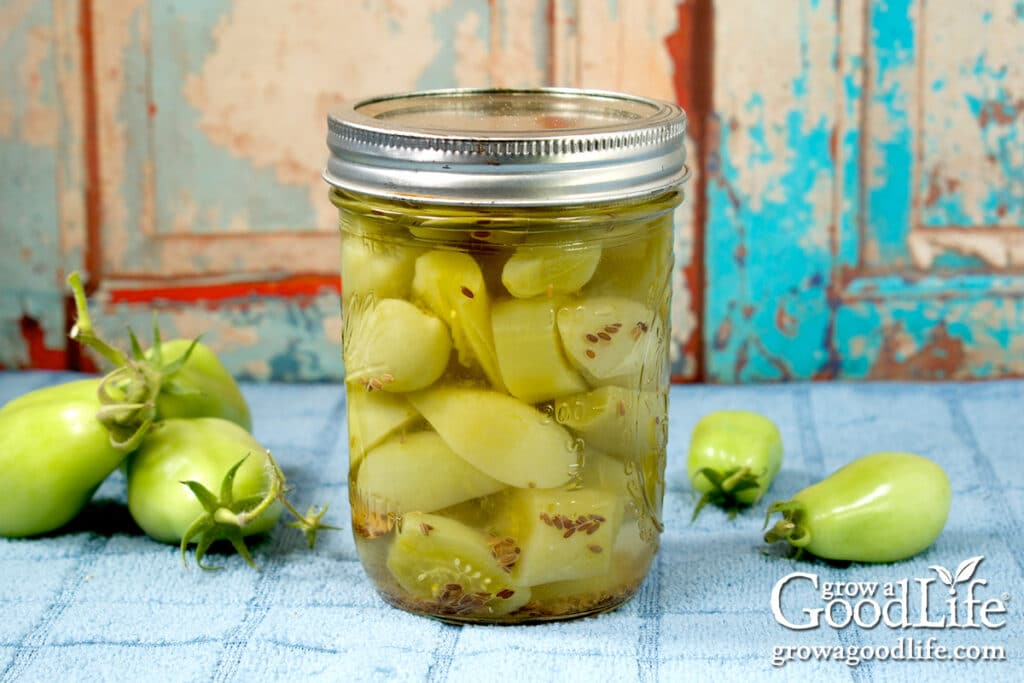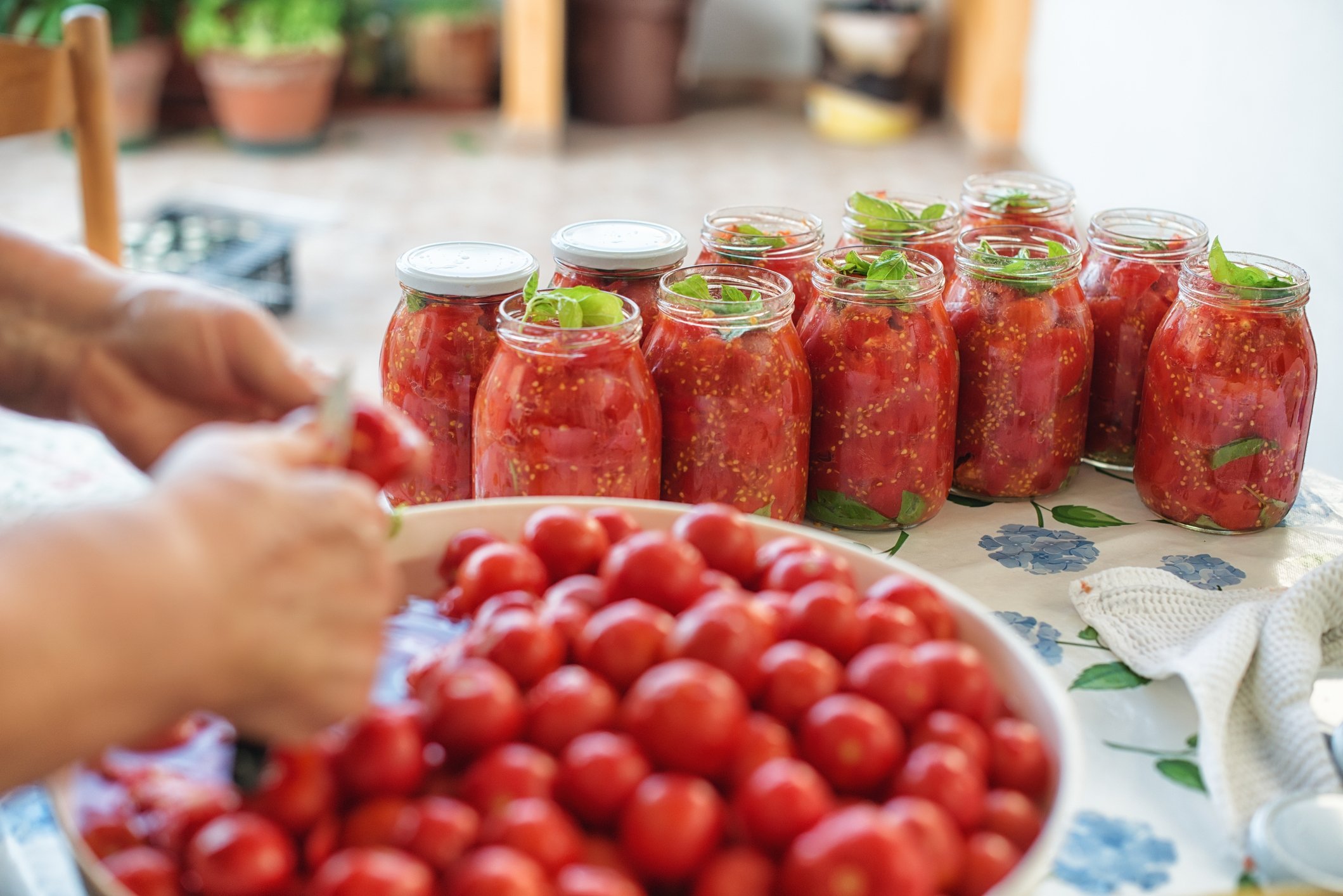Tomatoes are a garden favorite, but when the harvest comes in all at once, it’s essential to preserve them for later use. While canning is a popular option, it’s not the only method. Depending on the type of tomato and your preferences, you can also freeze, dry, or pickle them. Here’s an overview of the best ways to preserve tomatoes and keep them flavorful throughout the year.
Freezing Cherry Tomatoes
Cherry tomatoes, known for their small size and thin flesh, can be challenging to preserve in traditional ways. They often produce watery, sometimes bitter sauces that aren’t ideal for canning. However, freezing cherry tomatoes is a simple and effective method. Start by washing and patting them dry, then place them in re-sealable freezer bags. Freezing softens the tomatoes, making them perfect for quick pasta dishes or adding to cooked meals directly from the freezer.
For a different twist, you can also pickle cherry tomatoes by marinating them in a vinegar and sugar brine, which enhances their flavor and makes them a great addition to salads and snacks. Another option is drying larger cherry tomatoes to create chewy tomato “raisins,” which store well in the freezer due to their remaining moisture.

Drying Heirloom and Slicing Tomatoes
For those growing heirloom varieties or slicing tomatoes, drying is a fantastic preservation method. These tomatoes are often juicy, which can be problematic when canning, but drying concentrates their flavors, making them more versatile in the kitchen. Dehydrating tomatoes while keeping their skins intact preserves their natural taste, and dried tomatoes can be rehydrated for soups, stews, or even used as a flavorful addition to sauces.
You can dry tomatoes using a dehydrator or an oven set at a low temperature (around 150°F or 65°C). Dried tomatoes can be stored as is, or ground into a powder using a spice grinder to enhance sauces, broths, and dips. This method is particularly useful for heirloom varieties with vibrant colors and rich flavors.

Half-Dried Tomatoes for Storage
If you’re growing small-fruited salad varieties like ‘Roma’ or ‘Juliet,’ consider making half-dried tomatoes. These tomatoes are dehydrated to remove about half of their moisture, preserving their flavor while making them more versatile in recipes. After dehydrating them in a dehydrator or oven (about 12-18 hours), freeze the tomatoes on a cookie sheet, then transfer them to plastic bags for long-term storage.
Frozen half-dried tomatoes maintain their chewy texture when thawed and can be used in place of fresh tomatoes for salads, sandwiches, and more. This method strikes a balance between drying and freezing, giving you the best of both worlds.

Canning Tomatoes
For tomatoes with thicker flesh and less juice, canning is an excellent option. Varieties like ‘Plum Regal’ are perfect for making chunky salsa or diced tomatoes. If you’re using juicy heirlooms, strain out some of the liquid before canning to prevent your final product from being too watery.
Tomato canning requires attention to safety, especially when it comes to acidification. Always add vinegar, lemon juice, or citric acid to ensure the tomatoes have the right level of acidity for safe storage. Both water bath and pressure canning are options, but a pressure canner is faster and more efficient for large batches.
Preserving Green Tomatoes
Sometimes, you’re left with green tomatoes due to early frosts or other factors. While these tomatoes may not ripen fully, they’re perfect for making chutney. Green tomato chutney offers a tangy, sweet-and-sour flavor that pairs well with meats or as a condiment for various dishes. It’s also a great way to share your harvest with others, as small jars of chutney make wonderful homemade gifts.

Conclusion
Whether you’re freezing, drying, canning, or pickling, there are plenty of ways to preserve your tomato harvest. The method you choose depends on the type of tomato and how you plan to use them later. With these techniques, you can enjoy the fresh taste of summer tomatoes long after the growing season has ended.
